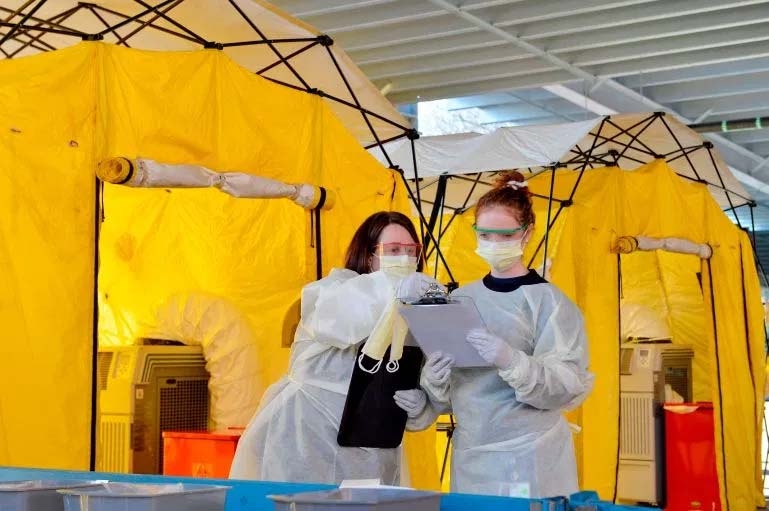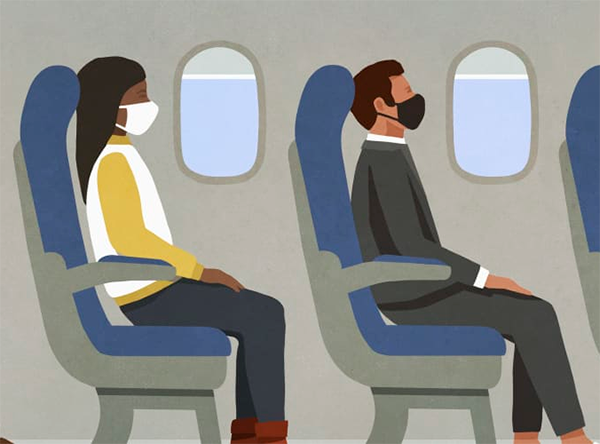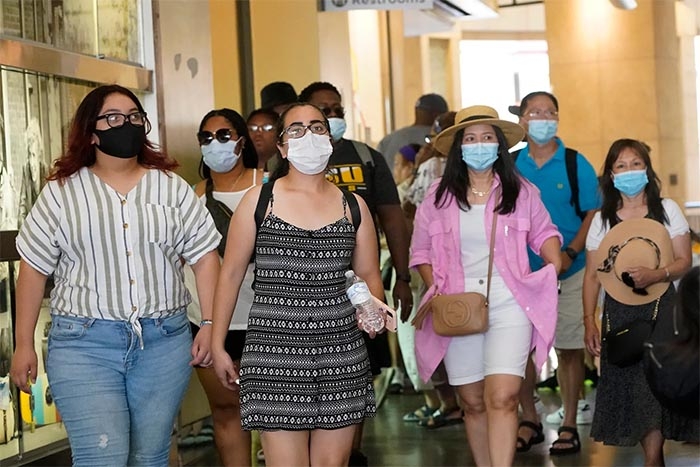
When Danni Askini started feeling chest pain, shortness of breath and a migraine all at once on a Saturday in late February, she called the oncologist who had been treating her lymphoma. Her doctor thought she might be reacting poorly to a new medication, so she sent Askini to a Boston-area emergency room. There, doctors told her it was likely pneumonia and sent her home.
Over the next several days, Askini saw her temperature spike and drop dangerously, and she developed a cough that gurgled because of all the liquid in her lungs. After two more trips to the ER that week, Askini was given a final test on the seventh day of her illness, and once doctors helped manage her flu and pneumonia symptoms, they again sent her home to recover. She waited another three days for a lab to process her test, and at last she had a diagnosis: COVID-19.
A few days later, Askini got the bills for her testing and treatment: $34,927.43. “I was pretty sticker-shocked,” she says. “I personally don’t know anybody who has that kind of money.”
Like 27 million other Americans, Askini was uninsured when she first entered the hospital. She and her husband had been planning to move to Washington, D.C. this month so she could take a new job, but she hadn’t started yet. Now that those plans are on hold, Askini applied for Medicaid and is hoping the program will retroactively cover her bills. If not, she’ll be on the hook.
She’ll be in good company. Public health experts predict that tens of thousands and possibly millions of people across the United States will likely need to be hospitalized for COVID-19 in the foreseeable future. And Congress has yet to address the problem. On March 18, it passed the Families First Coronavirus Response Act, which covers testing costs going forward, but it doesn’t do anything to address the cost of treatment.
While most people infected with COVID-19 will not need to be hospitalized and can recover at home, according to the World Health Organization, those who do need to go to the ICU can likely expect big bills, regardless of what insurance they have. As the U.S. government works on another stimulus package, future relief is likely to help ease some economic problems caused by the coronavirus pandemic, but gaps remain.
Here is everything you need to know about what getting treated for COVID-19 could cost you.
For the full story, visit Time.com/CoronavirusBrief.






